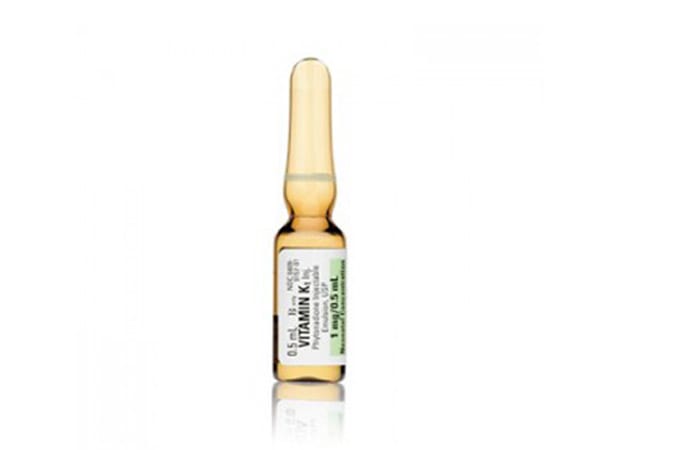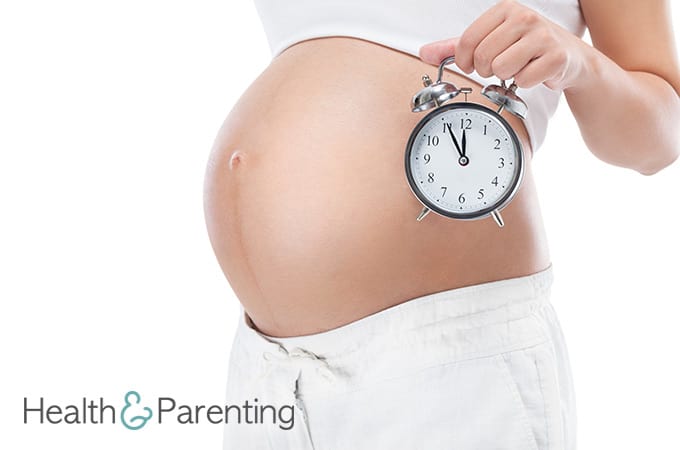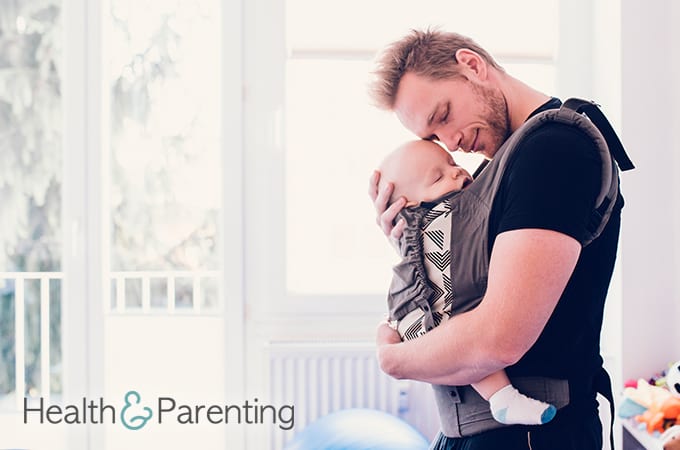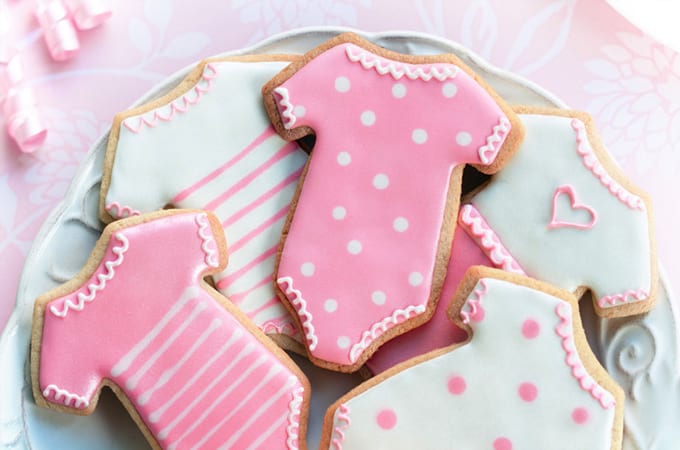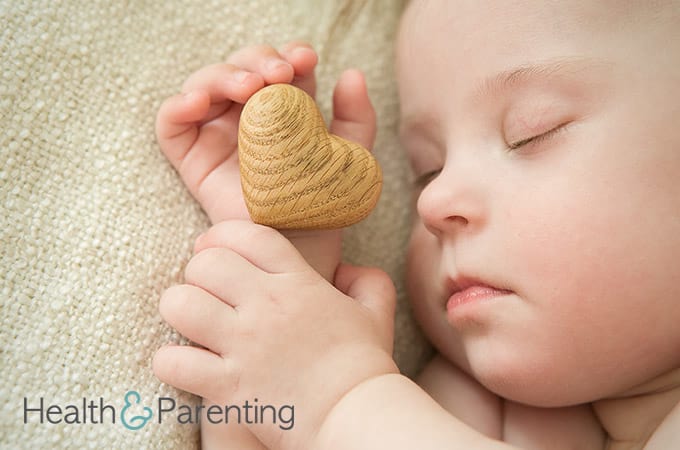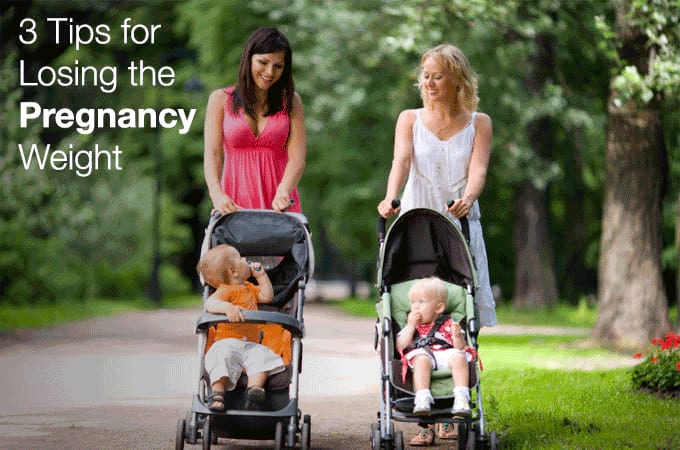The world seems to be filled with products claiming to be essential items for your newborn. Companies are practically jumping out of catalogues screaming “buy me!”. Nappy (diaper) brands and toy shops seem to be vying for your attention as you sit down to watch TV. You can’t even open a newspaper these days without baby-related coupons falling into your lap. The baby product market is huge, and continues to grow each year.
It won’t surprise you to hear that you don’t really need to buy every single product available for babies, but how do you know which ones to buy? Here’s a new baby checklist for you:
Clothes
This is probably one of the most enjoyable purchases, because the clothes are so tiny and adorable. But – yes, a but – there’s no need to break the bank. Your baby will probably receive lots of clothes from admiring visitors, so you really only need to buy the essentials. You will need:
- seven bodysuits
- seven sleepsuits
- a hat (for warmth or shade, depending on the season)
- knitwear (cardigans are easy to put on and take off – avoid jumpers for the first few months)
- socks or booties
- a few bibs
It’s unlikely that you’ll get through the pregnancy without buying at least one outfit for your unborn child, so do enjoy the odd splurge.
Changing
Now we’re getting to the less glamorous side of parenting – dirty nappies (diapers). During the first year, your baby will require around 3000 nappy changes. Yes, you read that right. For this wonderful pastime, you will need:
- diapers (cloth or disposable)
- wipes (washable or disposable)
- a changing mat
- nappy rash cream (or coconut oil, if you’d like a natural alternative)
Sleeping
Newborn babies sleep a lot, some up to 18 hours a day, so you want to make sure they’re comfortable. You’ll need to buy:
- a bed – this could be a side sleeper to attach to your bed, a crib, a bassinet, or a cot. Your baby will probably spend at least the first six months sleeping in your bedroom, so think about this when choosing a bed for your newborn
- growbags or sleep sacks – these are considered safer than blankets, so it’s worth investing in a couple of these
- blankets – these are great for when your out and about, or having a cuddle on the sofa
- bedding – your baby will need a firm mattress and sheets for his bed. Be sure the mattress fits the bed well. Do not use a pillow or blankets for a sleeping baby
Feeding
Your feeding purchases will depend on whether you decide to breast- or bottle-feed your baby. For breastfeeding, you may need:
- burp cloths
- a nursing pillow
- nipple cream
- breast pads
- nursing bras
For bottle fed babies, you will need to buy:
- 4-ounce bottles and teats
- 8-ounce bottles and teats
- formula (speak to your healthcare provider for information on deciding which brand to use)
Health and safety
It’s easy to overlook the safety aspects of having a newborn in the house, but you shouldn’t. You will need:
- a first aid kit
- a digital ear thermometer
- baby nail clippers
- a baby monitor
Toys
For the first few months of life, your baby won’t pay much attention to toys, but you may like to have a few to hand just in case. You may like to purchase:
- a couple of books
- a rattle
- a teether
Remember, your baby will probably receive a few toys as gifts, so you don’t need to buy lots.
The biggies
You will need to buy the following big items in preparation for your baby’s arrival:
- a car seat – this is a must-have. They won’t let you leave the hospital without it, so make sure you have one before you go into labour
- a sling – slings are a great way to carry your baby and keep your hands free for other things. Babies love hearing your heartbeat and being close to you, a sling is a great way to offer that while still being able to get things done
- a stroller – you may like to buy a stroller for out and about too, although you can choose to use the sling full-time, if you prefer
- a chest of drawers – you will need somewhere to keep all of your baby’s things, so it’s worth investing in some furniture, too.
Have you got all of the above in preparation for your baby’s birth? Do you think this list is missing any essential items?
Written by Fiona, proud owner of a toddler, @fiona_peacock
This information is not intended to replace the advice of a trained medical doctor. Health & Parenting Ltd disclaims any liability for the decisions you make based on this information, which is provided to you on a general information basis only and not as a substitute for personalized medical advice. All contents copyright © Health & Parenting Ltd 2017. All rights reserved.




